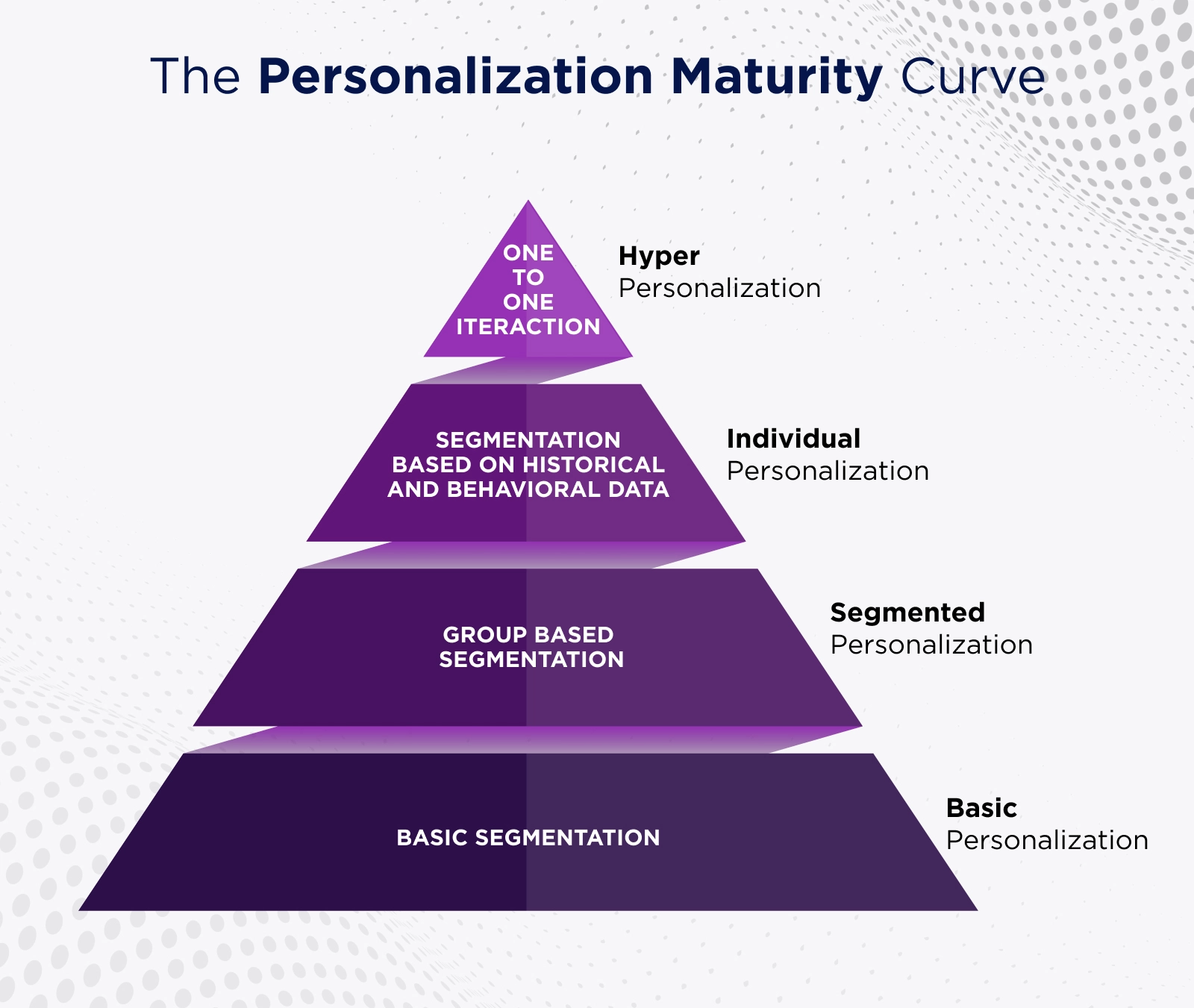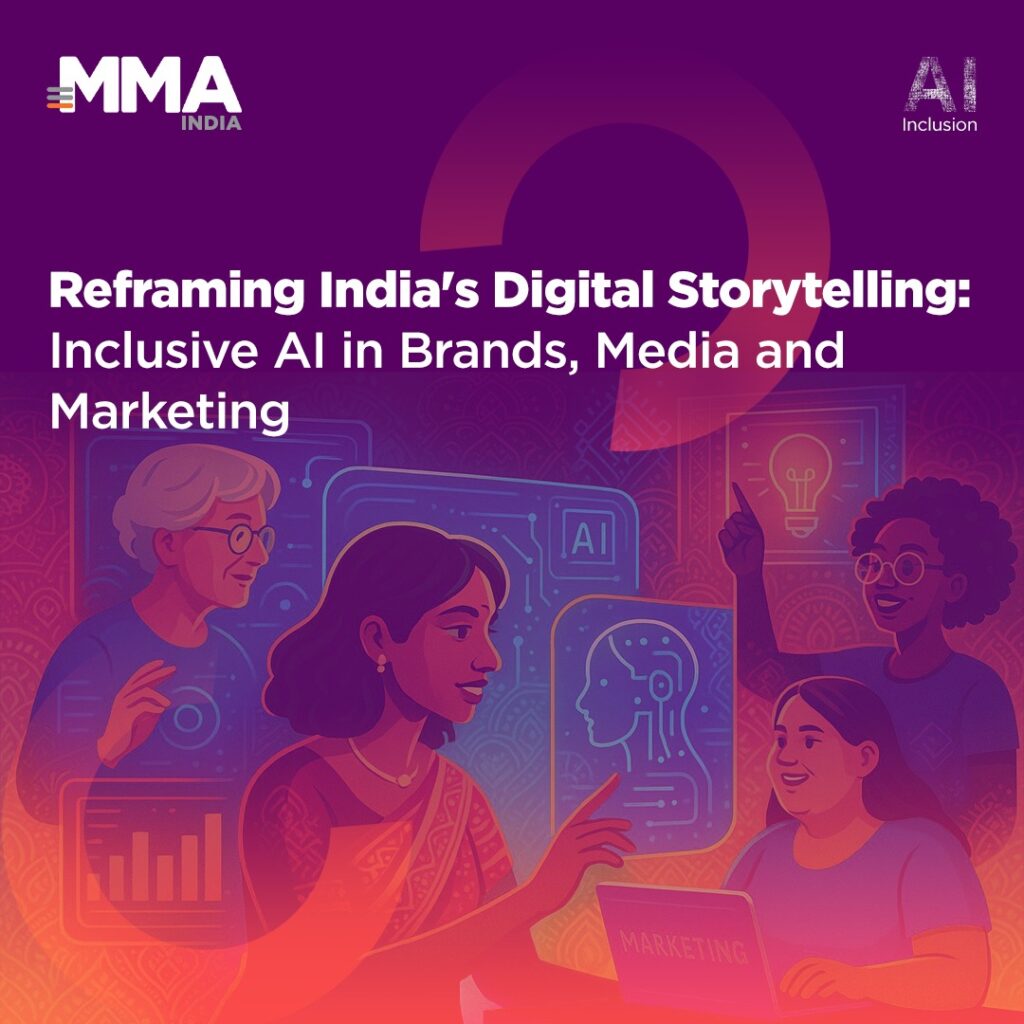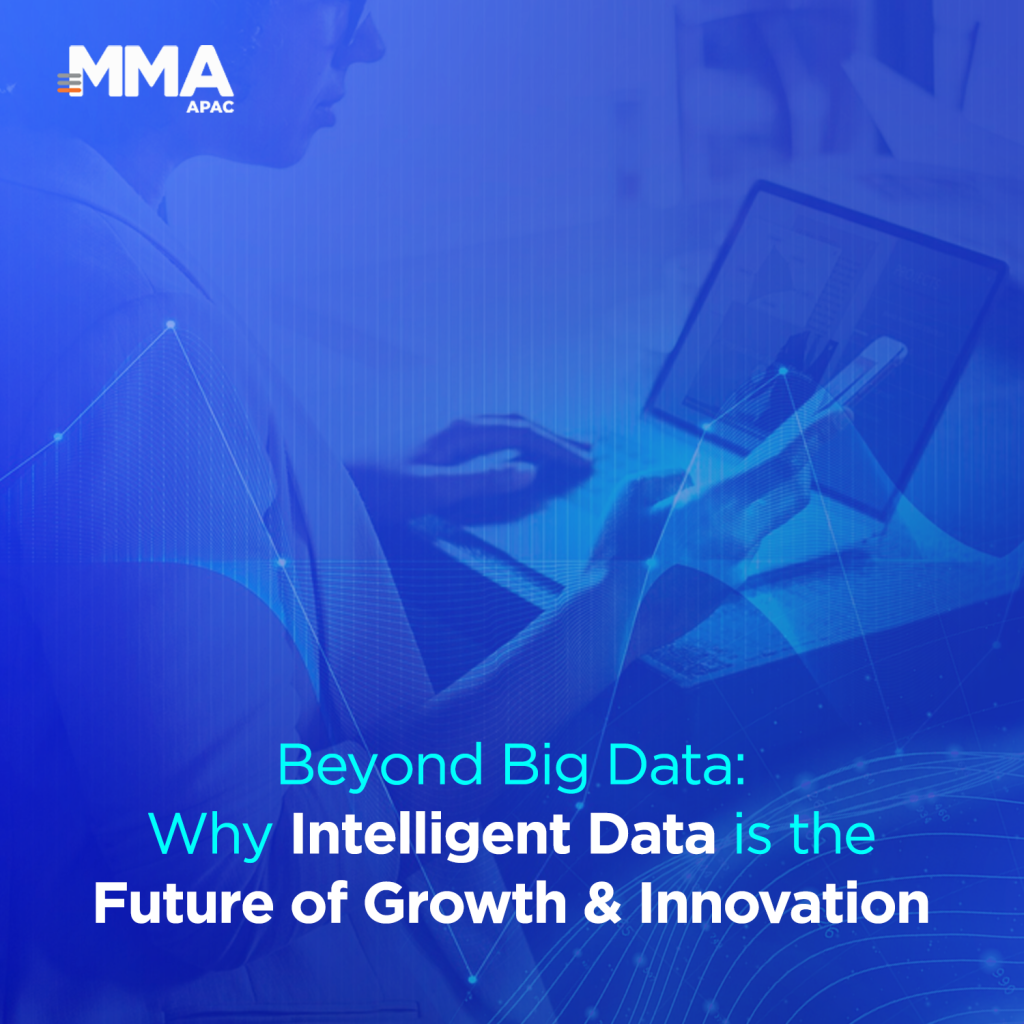
By Rohit Dadwal | MMA Board Member and Managing Director APAC | MMA Global APAC
With the current competitive landscape marked by an influx of countless marketing messages and advertisements every single day, customers feel inundated. As each customer’s expectations become as unique as their fingerprints, it gets increasingly challenging to meet escalating demands while outperforming the competition.
Hyper-personalization is the key that allows brands to communicate with their customers on a one-to-one level rather than broadcasting to a mass audience. This approach cultivates deeper relationships, enhances brand loyalty, and secures a competitive edge.
This blog delves into how marketers can leverage AI and data to supercharge hyper-personalization and stay ahead of the curve.
What is hyper-personalization?
Personalization has evolved beyond the simple act of tailoring individual names, organizations, purchase histories, and more. Customers now expect to be treated as individuals, recognized for their unique challenges and provided personalized solutions.
Where traditional personalization clustered customers into groups, hyper-personalization takes a one-to-one approach, ensuring interactions are valuable and meaningful.
Businesses mastering personalization will outperform their non-personalizing counterparts by 20%.
Central to realizing hyper-personalization is the deployment of AI and data. However, it’s crucial for brands to analyze their current position in the personalization spectrum and make progressive strides rather than attempting to implement hyper-personalization outright.
The Personalization Maturity Curve is an invaluable tool for gauging a brand’s present stage and outlining the steps to scale towards hyper-personalization.

This model usually presents a progression of stages – starting from basic personalization, which might include simple tactics like using customer’s names in emails, moving on to segmented personalization, which involves categorizing customers into distinct groups, then to individual personalization, which tailors the customer’s experience based on their past interactions, and finally culminating at hyper-personalization. This final stage utilizes AI and real-time data to deliver highly contextual and individualized customer experiences.
Recognizing where a brand stands on this curve is pivotal for successful personalization strategy planning and execution.
How to leverage AI and Data for Enabling Hyper-Personalization?
1. Understanding customer behaviour
Data is the cornerstone of a personalization initiative. To obtain a robust data set, marketers should synthesize information from various sources, including web analytics, CRM systems, diverse customer touchpoints, and customer service interactions.
AI can further enable data collection, particularly through AI-powered chatbots, which can engage with customers and gather real-time data. Combined with historical data, this real-time information can provide a powerhouse of invaluable customer information and insights.
Once contextual data is collected, AI can be leveraged to analyze vast data points and tailor interactions to resonate deeply with customers.
This way, marketers can form a comprehensive understanding of their customers, fueling highly personalized interactions, presenting relevant offers, and fostering valuable relationships. This strategy not only enhances customer experience but also boosts brand loyalty and maximizes marketing effectiveness.
2. Personalizing interaction
AI plays a crucial role in real-time personalization, dynamically tailoring content, recommendations, and offers in response to individual customer behavior. For instance, if a customer abandons their shopping cart, AI can promptly trigger a personalized email, often offering discounts or offers to encourage purchase completion.
The ability of an AI to analyze real-time information in this sense is a task virtually impossible for a human to perform manually. AI can extract valuable information such as page views, churn rates, and various metrics and utilize this data to make informed decisions. These could range from discount coupons and proposing alternative pricing plans to presenting highly customized product recommendations on the page.
Such strategic measures help reduce churn rate, augment average order value (AOV), and enhance overall customer experience. Additionally, AI can create a unique customer journey based on real-time data, targeting customers with particularly relevant messages.
Amazon is the largest platform and a prime example of hyper-personalization, as each user gets a unique homepage based on their purchase, browsing history, and other metrics.
3. Tailoring messages based on advanced customer groups
AI facilitates the integration of cross-channel behavioral insights. This means it can track and analyze a customer’s interactions across multiple channels—social media, email, or the company’s website—to give a more holistic view of their behavior. This cross-channel view enables marketers to understand their customers better, delivering aptly targeted and deeply personalized messages.
Additionally, AI helps leverage data from internal and external sources, which are instrumental in identifying audience segments. These invaluable insights drive the creation of hyper-personalized messages that resonate with each unique audience segment.
4. Delivering a seamless omnichannel experience
AI plays a pivotal role in ensuring customer experience across channels remains seamless, personalized, and consistent. Whether a customer is browsing online on a desktop, engaging with a mobile app, or walking into a physical store, AI-powered hyper-personalization guarantees they receive a unified experience tailored to their preferences and past interactions.
5. Assessing impact and optimising performance
Lastly, the key to any marketing initiative is to track the performance of and iterate accordingly. AI’s capability to measure the effectiveness of personalization strategies gives marketers a robust tool to refine and optimize their approaches over time. Machine learning algorithms, a subset of AI, can delve deep into campaign performance data and discern patterns and trends, identifying successful elements and areas that need improvement.
Conclusion
In today’s era, where customers face an influx of information, hyper-personalization plays an important role in identifying deeper customer sentiments and makes it easier to grab attention.
By understanding and catering to each customer’s unique preferences, needs, and behaviors, hyper-personalization offers a tailored approach, effectively cutting through the noise of information overload. This leads to more meaningful interactions, fostering stronger relationships between businesses and their customers and, ultimately, ensuring a more significant impact in a crowded market.



















